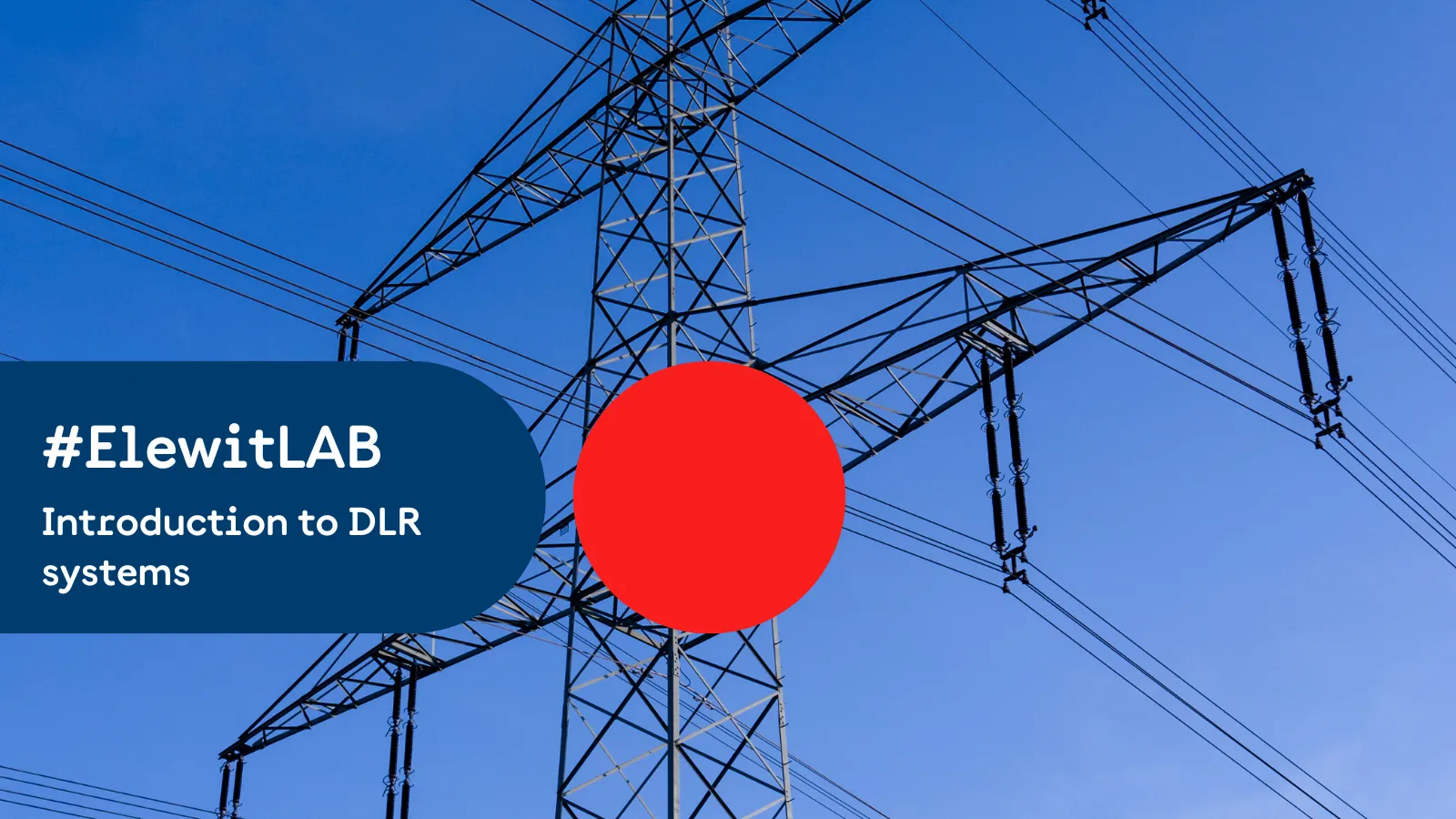
Overhead power lines are one of the main assets of THE electricity transmission grid. Optimizing their operation and maximizing their availability is one of the multiple objectives of Red Eléctrica, the electricity system operator. To this end, it relies on innovative technological solutions with which it works hand in hand with Elewit. One of these areas of action is the calculation and prediction of the capacity of power lines, so that they transport energy reliably and safely, minimizing damage or risks, and thus contributing to guarantee, as always, a safe and high quality supply.
In this sense, Red Eléctrica and Elewit are working together to develop DLR (Dynamic Line Rating) systems to optimize the use of the transmission grid. Let's see what they consist of.
DLR: innovation in power grids
The amount of energy that overhead lines can carry is measured in the form of the admissible current that the conductor has at any given moment (known as ampacity). This current depends, among other factors, on the physical characteristics of the conductor and its thermal capacity: an increase in current will increase its temperature, and if this temperature causes overheating, then losses in energy transmission may occur. The thermal capacity of overhead lines will depend on the environmental and meteorological conditions to which they are exposed, hence maximizing their efficiency will require accurate monitoring of these conditions.
The calculation of overhead line capacity has traditionally been carried out using Static Line Rating (SLR) methods, based on probabilistic or deterministic models, which make use of predictions of meteorological conditions. More specifically, Red Eléctrica currently uses a method that calculates transmission capacity based on the seasons of the year.
With the expansion of Big Data and sensorization systems, the acquisition of meteorological data, as well as data and parameters of the physical elements of the lines, has improved. This real-time monitoring, together with advances in the field of algorithms, allows increasingly accurate predictions of the conditions to which overhead lines are subjected. All this technological progress has led to the creation of dynamic systems for calculating and predicting the capacity of overhead lines, known as DLR (Dynamic Line Rating) systems.
These systems include the use of meteorological data from primary sources (weather stations installed on the transmission lines) and secondary sources (external data providers and weather forecasts), as well as the use of sensors (such as inclinometers) that allow capturing other parameters of interest. All these data in turn allow the development of models for calculating the capacity of overhead lines, which in turn facilitate their operation by adjusting the energy transport capacity in real time, thus improving their utilization and efficiency.